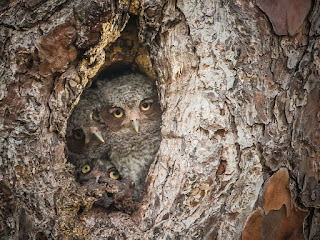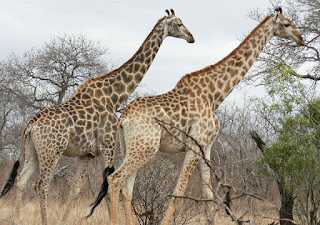Chameleon by Christian Ziegler
Nature, third prize stories winner, World Press Photo awards
2017 está aí. As férias de Natal terminam dentro de dias. Como fizemos já para o 1º semestre 2016, apresentamos agora uma súmula das nossas publicações do ano 2016, 2º semestre, do blog Geração Verde.
A selecção é baseada no número de visitantes dos posts mais lidos.
Mas antes gostaríamos de falar sobre um novo dado científico que se prende com o crescimento das asas de aves comuns, no oeste da Austrália, relacionado com as alterações climáticas, segundo os cientistas.
Papagaio Australia
créditos: D.R.
As asas de umas aves comuns no oeste da Austrália cresceram entre quatro e cinco centímetros nos últimos 45 anos e a causa pode estar relacionada com as alterações climáticas, segundo um estudo australiano divulgado.
Cientistas da Universidade de Notre Dame em Sydney relacionaram o crescimento das asas do papagaio de Barnard «Barnardius zonarius» com as alterações climáticas, atendendo a que geralmente as extremidades dos animais em climas quentes tendem a ser mais compridas. Ler mais
«À medida que a temperatura sobe, o aumento do comprimento das asas pode ajudar estas aves a libertarem-se do excesso de calor e adaptarem-se melhor ao seu meio ambiente».
Dylan Korczynskyj, um dos cientistas participantes no estudo
Swinging Time, by Thomas Vijayan
people’s choice award winner
Wildlife Photographer of the Year 2016
Looking back at 2016 we have come up with our roundup of what's been most-read on the blog Geração Verde. After the 1st semester 2016, now the selection of 2nd semester 2016.
The selection is based on page views of the most read posts.
credits: Yvonne McKenzie
Scientists believe the rapid growth of the wing length of a common Western Australian bird could be due to climate change.
The University of Notre Dame research found the wings of ringneck parrots - commonly called twenty-eights - had increased by four to five millimetres over the past 45 years.
Professor Dylan Korczynskyj said the growth could be attributed to climate change because the extremities of animals in the hottest climates tend to be longer. Read more
Here the Top of the Most-Read Blog Posts of 2016 :
Fogos na Europa : Passadiços do Paiva, ardeu uma parte
Verão é para todos! Mãe urso e filhotes vão ao banho
Centenário do Serviço Nacional de Parques Estados Unidos
Lince Ibérico : Vamos ter uma moeda de colecção com Lince Ibérico
Before the flood : Documentário Leonardo DiCaprio
Passadiços do Paiva : Vencedor dos World Travel Awards
Bravo Roménia ! Proibição de caça lobos, ursos e linces
Lince Ibérico : Moeda e Livro solidários
Percurso das Fisgas, candidato a Património Natural da Unesco
Red List SOS Girafas : Perigo de Extinção
Verão é para todos! Mãe urso e filhotes vão ao banho
Centenário do Serviço Nacional de Parques Estados Unidos
Lince Ibérico : Vamos ter uma moeda de colecção com Lince Ibérico
Before the flood : Documentário Leonardo DiCaprio
Passadiços do Paiva : Vencedor dos World Travel Awards
Bravo Roménia ! Proibição de caça lobos, ursos e linces
Lince Ibérico : Moeda e Livro solidários
Percurso das Fisgas, candidato a Património Natural da Unesco
Red List SOS Girafas : Perigo de Extinção
Leonardo DiCaprio Before the Flood, documentary
Documentário/ Fisher Stevens, 2015
Our crush of the year? Before the flood : Documentário Leonardo DiCaprio. Absolutely! Alerting people to the consequences of climate change is urgent. Strong message.
Don't forget to visit the the roundup of what's been most-read #semester2 of our polar blog Geração Polar.
If you could know the truth about the threat of climate change - would you want to know? Before the Flood, presented by National Geographic, features Leonardo DiCaprio on a journey as a United Nations Messenger of Peace, traveling to five continents and the Arctic to witness climate change first hand.
Don't forget to visit the the roundup of what's been most-read #semester2 of our polar blog Geração Polar.
May the New Year be a climate defender!
Geração 'green'
31.12.2016


















